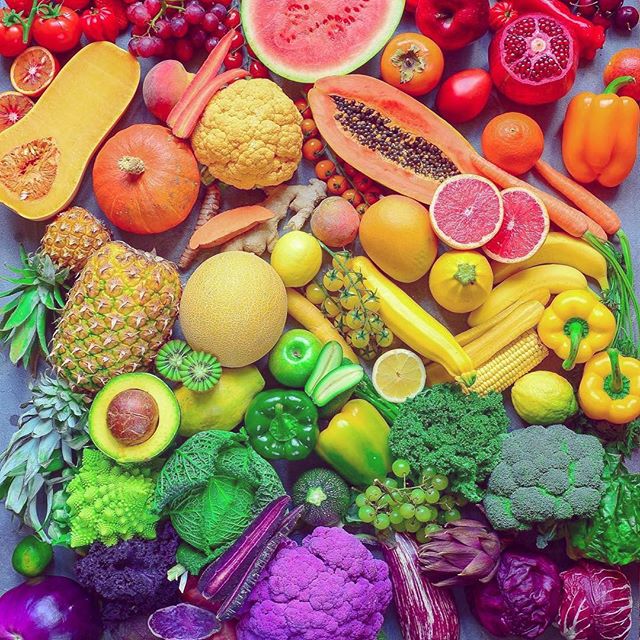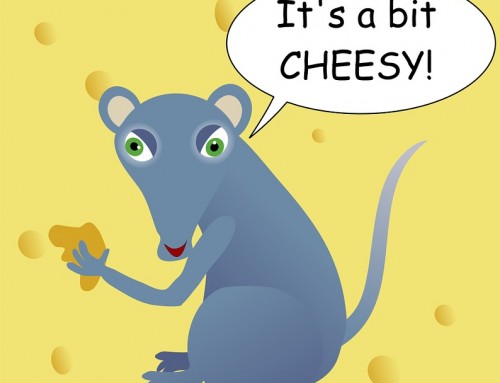Do you feel sore after a workout? Or do you have an injury that keeps flaring up?
In both of these scenarios, our body goes into action to work on healing itself. Unfortunately, healing comes with a dose of pain – sometimes minimal and other times debilitating.
During the injury and healing process, our bodies experience a lot of inflammation. This is unavoidable with exercise because we’re essentially injuring our muscles to build them up and make them stronger. Sometimes this goes too far and we experience a true injury.
Either way, diet can play a huge impact on the inflammation in our bodies. Therefore, we can heal faster with a proper diet. Below, I’ve listed foods and nutrients that can either promote or hinder your healing.
FOODS TO LIMIT
These will not surprise you: processed foods and added sugars.
Processed foods include many frozen foods (but not frozen vegetables), chips, cookies, crackers, fast food. Most of the easy, convenient foods and snacks are going to be pro-inflammatory.
Soda, juice, and foods with added sugars will spike your blood sugar, which increases inflammation. This includes natural sugars, like honey and agave. The best option is to choose whole fruits. If you want to use a sugar substitute, your best option is stevia.
Another on this list is omega-6 fats. We’ve all heard of omega-3 fats (these are anti-inflammatory), but omega-6 fats are pro-inflammatory. Omega-6 fats are found in the following oils:
- Safflower
- Corn
- Grapeseed
- Peanut
- Soy
- Vegetable oil
They are also often found in mayonnaise and salad dressings. It’s best to limit these omega-6s in our diet and opt for more omega-3s.
FOODS TO INCLUDE
As stated above, omega-3 fats are anti-inflammatory. These can be found in:
- Fish (salmon and tuna)
- Nuts (walnuts, ground flaxseed, chia seeds)
- Extra-virgin olive oil
Fiber is an anti-inflammatory nutrient. Choose fiber from food sources rather than taking supplements. One of the best fiber-containing foods is beans!
Antioxidants and foods with vitamin A, C, and E are great at reducing inflammation. Here are some great options, many of which are high in fiber as well:
- Avocado
- Broccoli
- Berries
- Carrots
- Citrus
- Leafy greens
- Sweet potato
- Squash
- Onions
- Orange bell pepper
Vitamin D is a vital nutrient that plays many roles in our health. You can get vitamin D from enjoying time in the sunshine! Vitamin D is most commonly found in fortified dairy products or dairy-alternatives. If you’re worried about your vitamin D levels, you can talk to your doctor about taking a supplement.
The best anti-inflammatory spices to include to flavor your foods are:
- Turmeric
- Ginger
- Cinnamon
In addition to opting for more anti-inflammatory foods, it’s important to have balance in each of your meals and snacks to promote balanced blood sugar levels. This means including proteins, fats, and carbs with each meal.
Remember that including one of these anti-inflammatory foods in your diet isn’t going to solve all your inflammation. On the other hand, occasionally including one of the “foods to limit” isn’t going to cause horrendous inflammation. Moderation is key.
Making changes to your diet and sticking with it can be challenging. A dietitian can help you determine the best food choices for your lifestyle, as well as find a sense of balance and moderation.
Kaitlyn Seguin MS, RD, LDN
Dietitian Kaitlyn
910-408-5338
Insta: @dietitian_kaitlyn
www.dietitiankaitlyn.com
Kaitlyn Seguin is a Registered Dietitian and owner of Dietitian Kaitlyn. Kaitlyn knew she wanted to be a dietitian her freshman year of high school after helping her mom lose weight. She obtained her Bachelor’s of Science in Nutrition at Cal Poly San Luis Obispo. She then completed a dietetic internship and Master’s of Science in Dietetics at Sam Houston State University. Kaitlyn’s goal is to support people in creating healthier lifestyles without taking away the enjoyment of food and life.







Leave A Comment